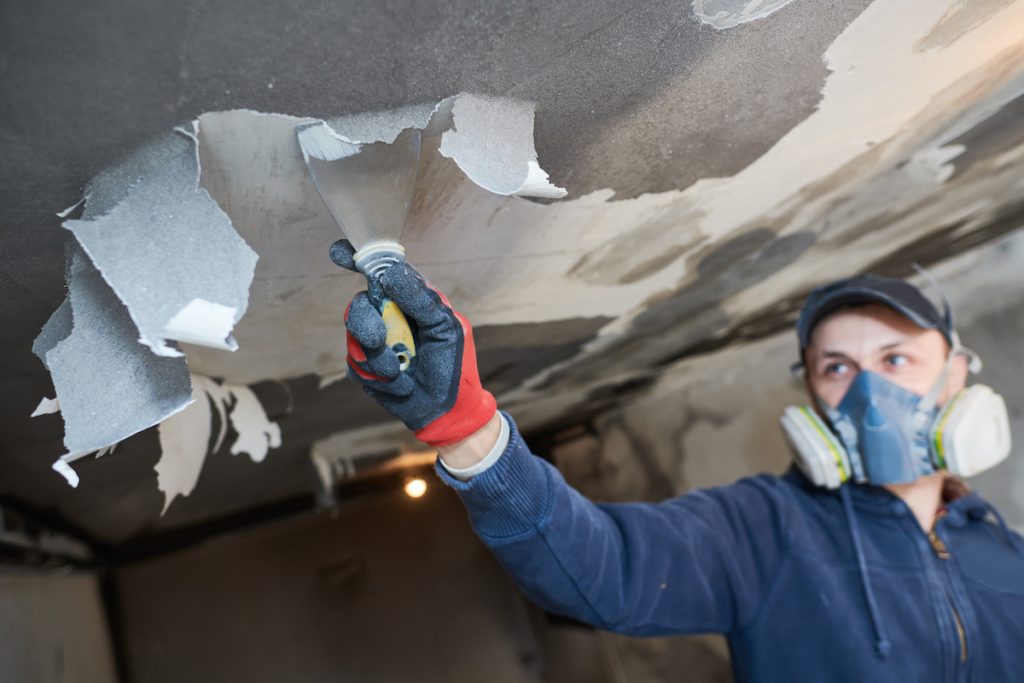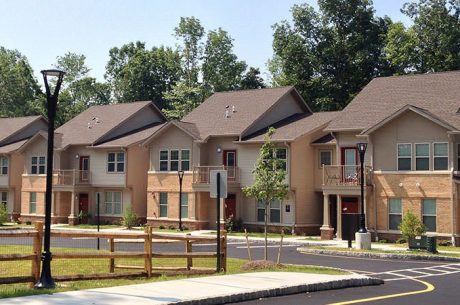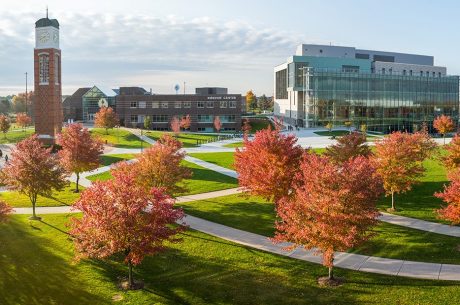Experiencing a fire in your home or business is traumatic and overwhelming. In the aftermath, one of the most important steps toward recovery is a thorough fire damage inspection. For residents and property owners in Troy Hills, NJ, understanding what professionals look for during a fire damage inspection can bring clarity and peace of mind during a stressful time. This inspection not only helps assess the extent of the damage but also lays the foundation for effective cleanup, restoration, and insurance claims.
Whether the fire was a small kitchen blaze or a more severe structural event, professional inspectors evaluate the full scope of the impact. They rely on experience, advanced tools, and industry standards to uncover visible and hidden damage. Here’s what you can expect during a fire damage inspection in Troy Hills—and why every detail matters.
1. Safety Assessment First
Before anything else, professionals will assess whether the structure is safe to enter. This is a critical first step in Troy Hills, where homes and buildings may have varying construction types—from older wood-framed homes to newer developments with complex materials.
Inspectors look for signs of:
- Structural instability (weakened floors, sagging ceilings)
- Risk of collapse
- Exposed electrical wiring
- Gas leaks
- Hazardous materials like asbestos or chemicals
If any danger is detected, access may be restricted until safety measures or shoring are in place.
2. Assessing Structural Integrity
Once it’s deemed safe, inspectors begin evaluating the structural elements of the building. They focus on the parts of the home most susceptible to damage from intense heat and flames, including:
- Roof trusses and joists – Fire can weaken these supports, leading to long-term collapse risks.
- Load-bearing walls and beams – Inspectors check for charring, cracking, or warping that may affect a building’s stability.
- Foundation and basement walls – Though less likely to burn, foundations can suffer from thermal shock and water damage from firefighting efforts.
In Troy Hills, where seasonal weather extremes can already put strain on buildings, fire damage to structural components is taken seriously and may require immediate reinforcement.
3. Identification of Smoke and Soot Damage
Fire rarely confines its damage to one area. Smoke and soot can travel throughout the building, leaving behind residue that stains walls, clings to ceilings, and seeps into HVAC systems.
Professionals will inspect:
- Walls, ceilings, and insulation for soot buildup
- Ductwork and vents for internal smoke contamination
- Electrical outlets and fixtures
- Personal belongings (clothing, furniture, electronics) for salvageability
In Troy Hills homes with multiple levels or open floor plans, smoke tends to rise and circulate widely. That’s why a comprehensive inspection of smoke damage is essential, even in rooms that weren’t directly affected by flames.
4. Water Damage from Firefighting Efforts
Where there’s fire, there’s usually water. Firefighters in Troy Hills often use significant amounts of water to control and extinguish flames, especially in larger homes or multi-unit dwellings. Unfortunately, this can result in secondary damage.
Inspectors will:
- Check for water saturation in drywall, floors, and ceilings
- Look for signs of mold or mildew, especially in hidden areas
- Evaluate carpets, wood, and other absorbent materials for potential removal
Water-damaged areas must be dried and treated quickly to avoid long-term issues, particularly mold, which thrives in the humid New Jersey climate.

5. Electrical and Plumbing System Evaluation
Fire and heat can melt wires, damage circuit breakers, or rupture pipes. Inspectors will examine:
- Circuit panels, outlets, and exposed wiring
- Water and gas lines
- HVAC units and thermostats
- Appliances and home systems (furnaces, water heaters)
Any system that appears damaged or compromised will be flagged for repair or replacement. This step is vital for preventing post-fire hazards, including electrical fires or gas leaks.
6. Documentation for Insurance Purposes
One of the most important outcomes of a fire damage inspection is the documentation needed for an insurance claim. Inspectors and restoration companies in Troy Hills typically provide:
- Photographs of all damaged areas
- Notes on the condition of the structure and belongings
- An estimate of repair costs
- A breakdown of what’s salvageable versus what’s a total loss
This documentation is shared with your insurance provider to initiate your claim and ensure proper compensation. Many restoration professionals in Troy Hills are experienced in working with local insurance adjusters, helping smooth the process.
7. Creating a Restoration Plan
After assessing and documenting all damage, professionals create a customized restoration plan. This outlines:
- Areas that need demolition or removal
- Steps for smoke and soot cleanup
- Drying and mold prevention measures
- Structural repairs and cosmetic restorations
In Troy Hills, this plan may also include considerations for building permits, especially for significant structural work or historical properties. Timely inspections and restoration plans ensure your home is brought back to pre-loss condition efficiently and safely.
Conclusion: Don’t Delay a Fire Damage Inspection
In Troy Hills, NJ, where homes vary from historic properties to modern builds, fire damage inspection is not a one-size-fits-all process. It requires a trained eye, specialized tools, and deep knowledge of construction and fire behavior. Professionals don’t just look at what’s visible—they investigate the underlying issues that could create long-term risks.
If you’ve experienced a fire, don’t wait. A prompt, thorough inspection is your first step toward recovery. With the right professionals by your side, you can move from disaster to restoration with confidence and peace of mind.



